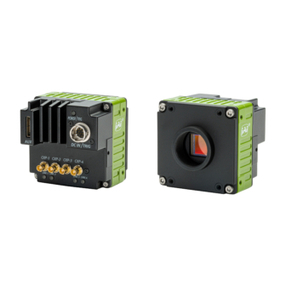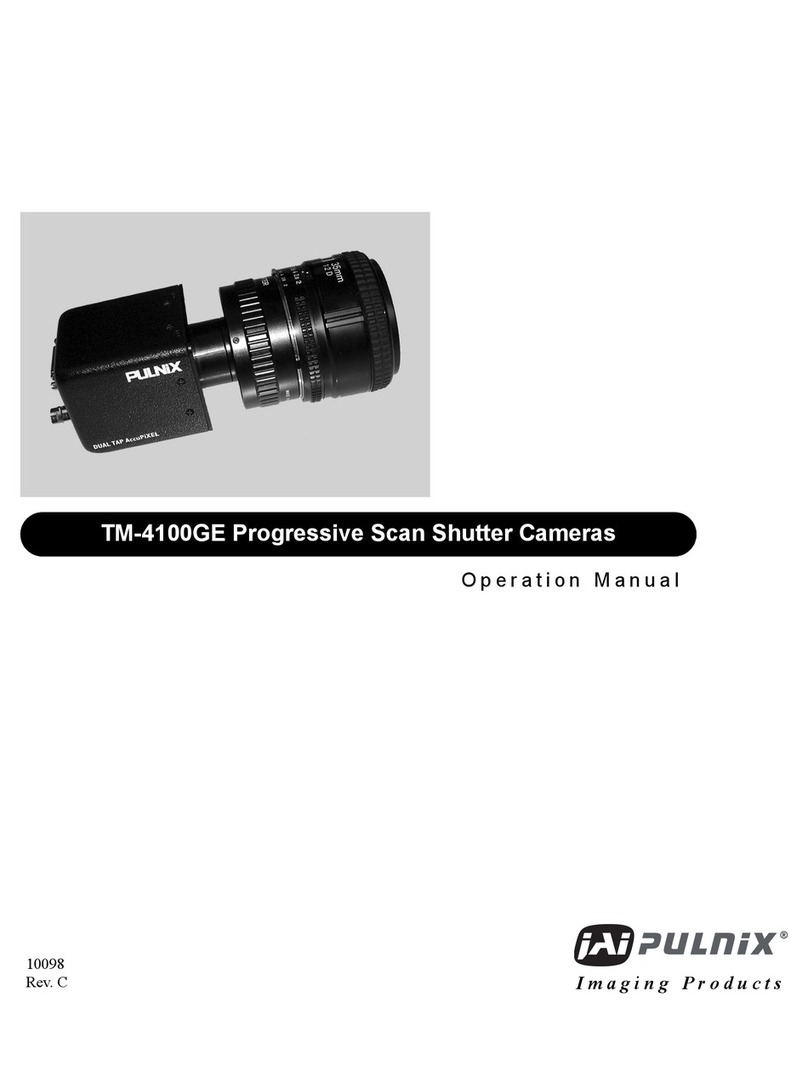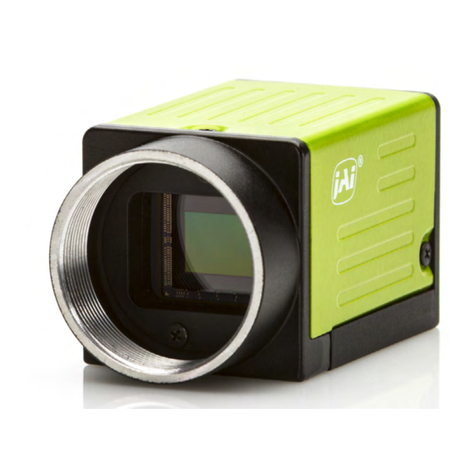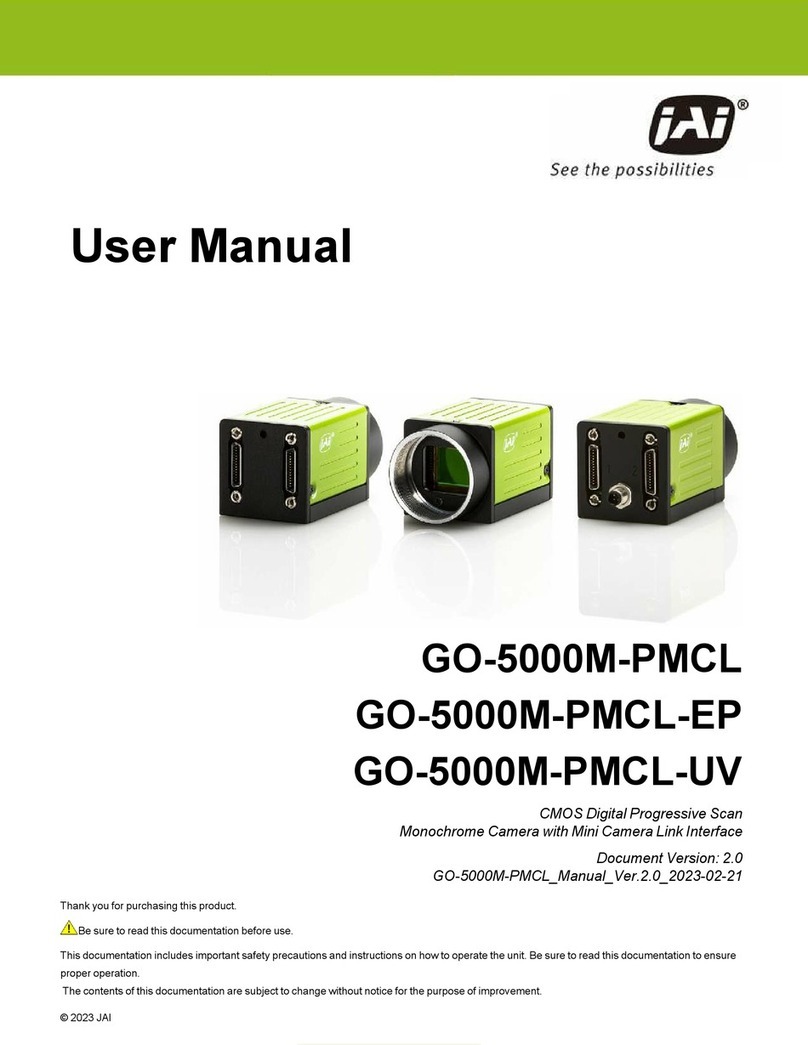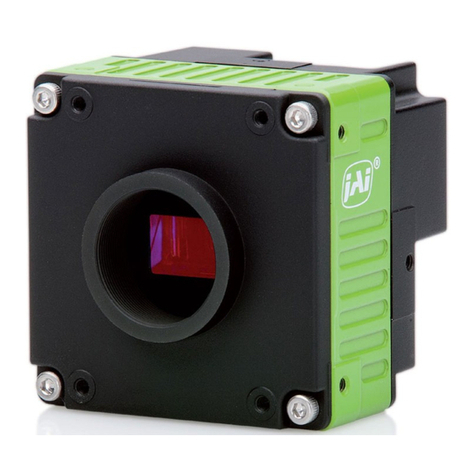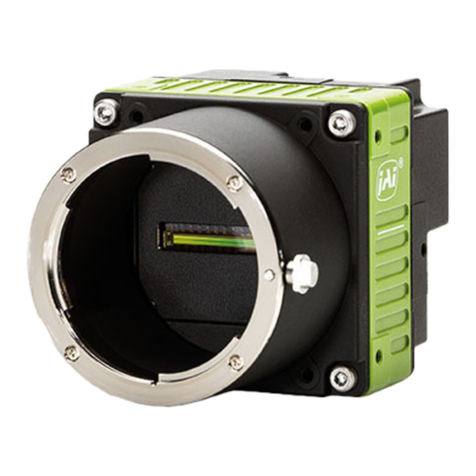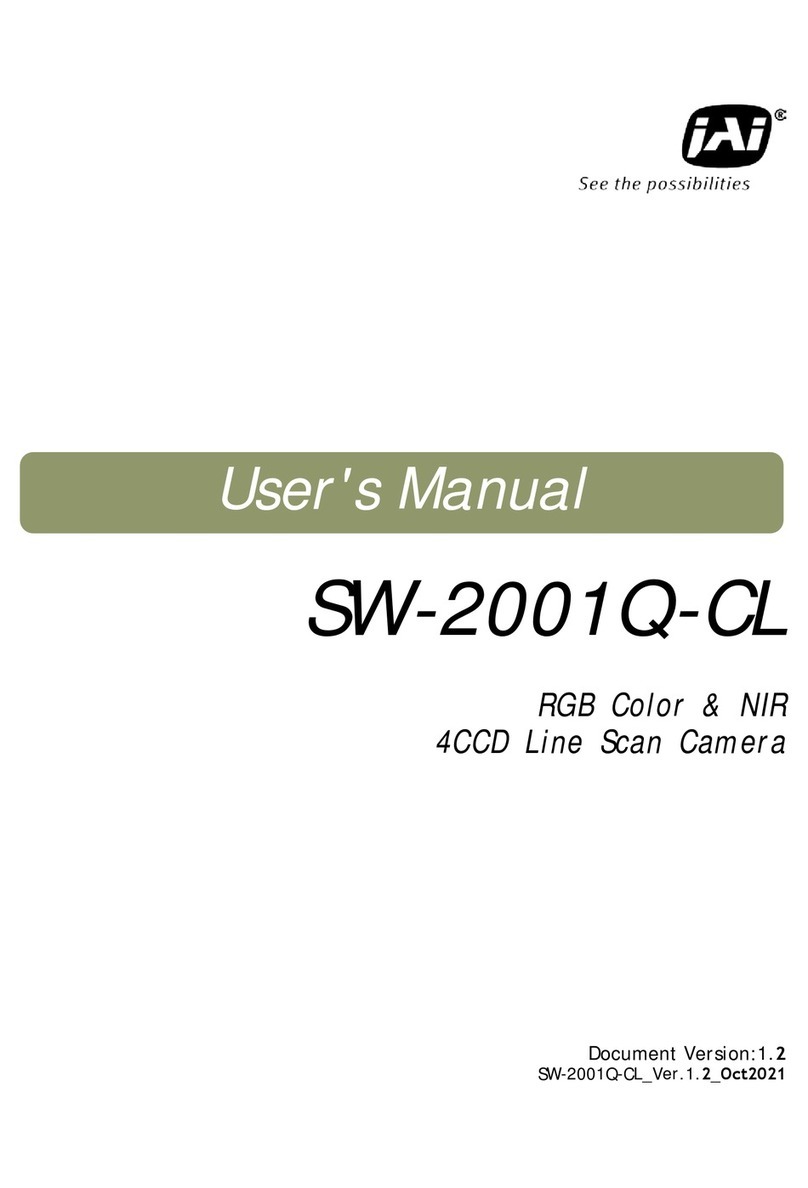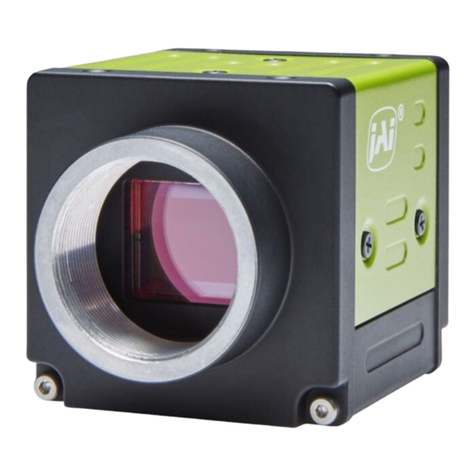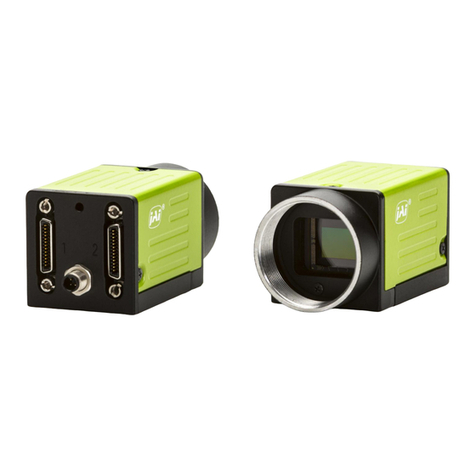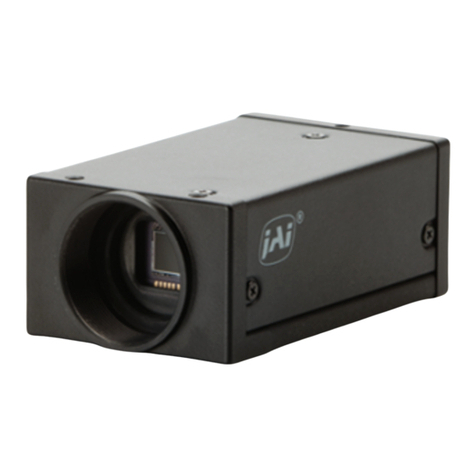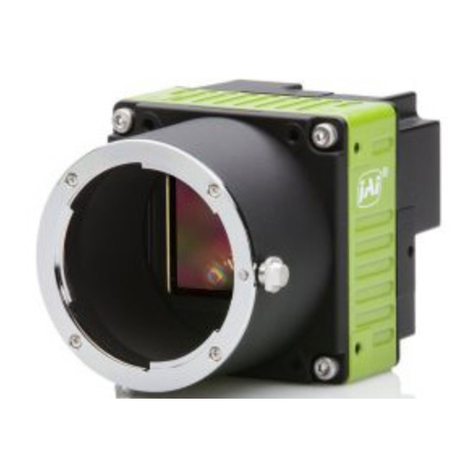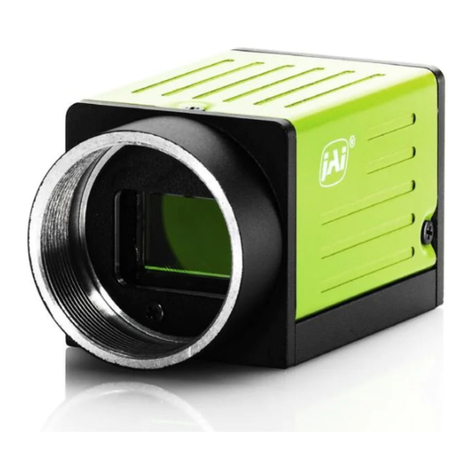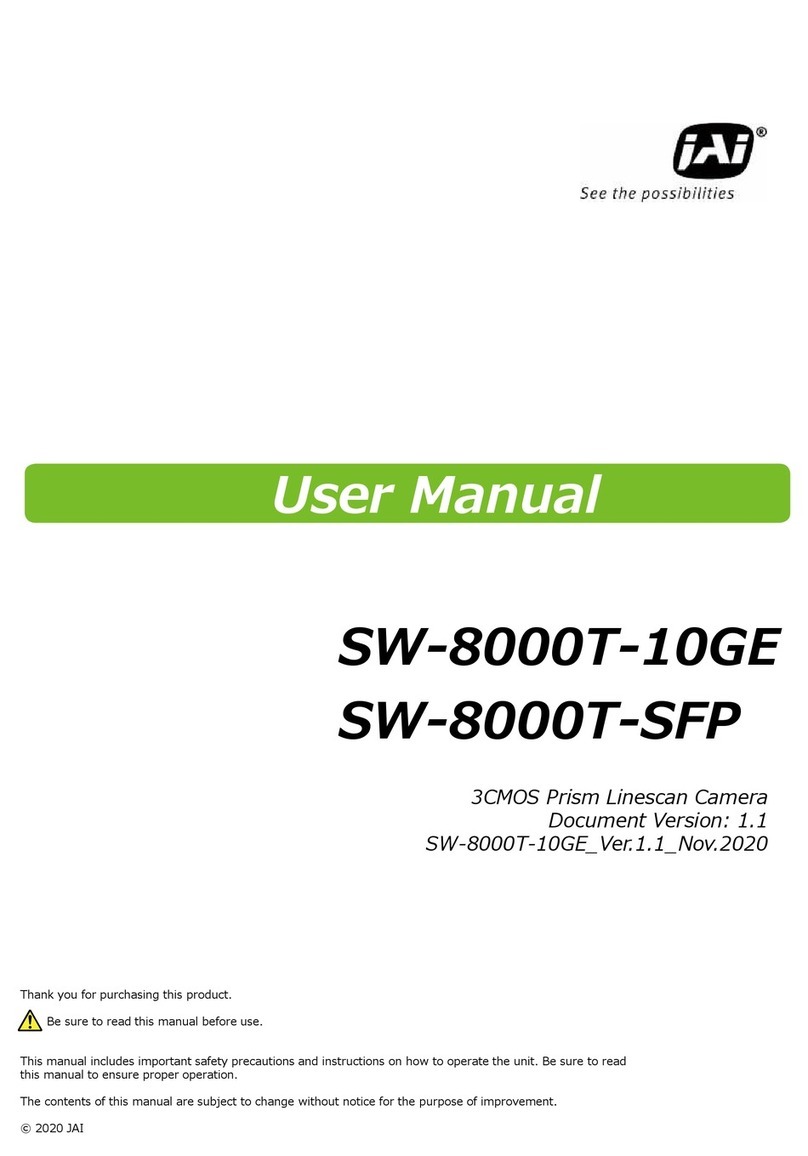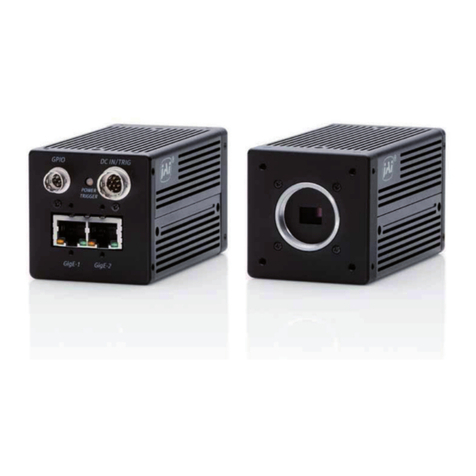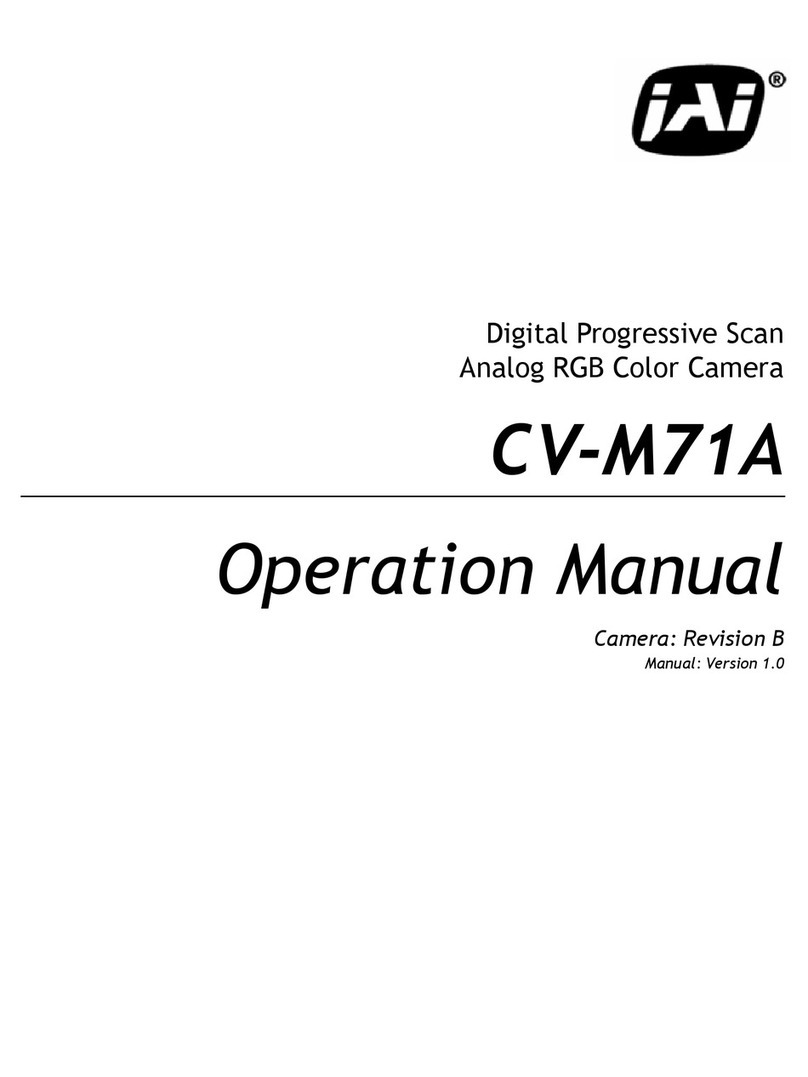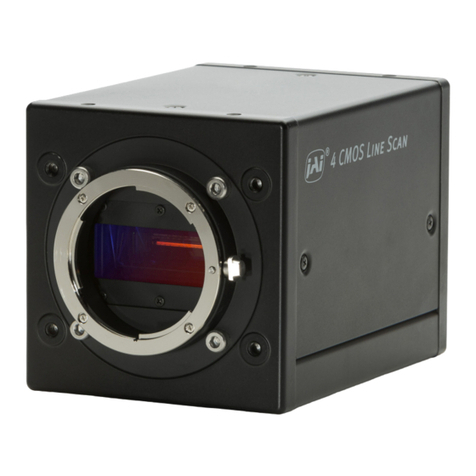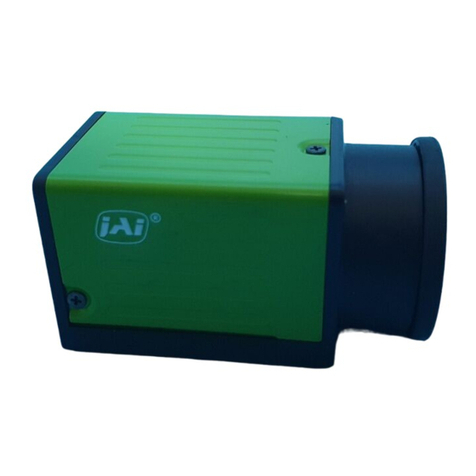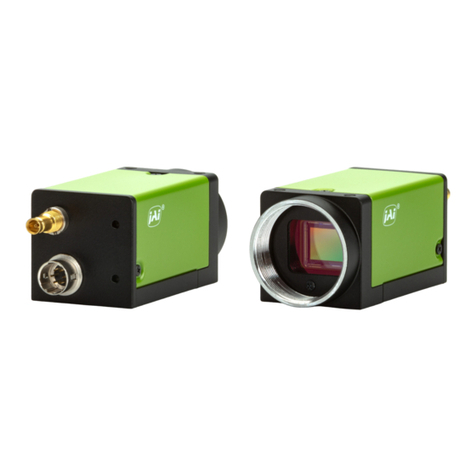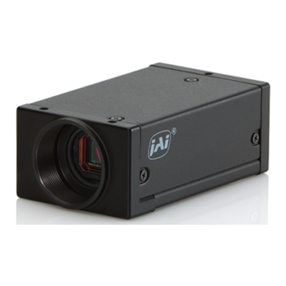
CV-A20CL / CV-A80CL
1. General .................................................................................................... 3
2. Standard Composition ................................................................................... 3
3. Main Features............................................................................................. 3
4. Locations and functions................................................................................. 4
5. Pin configuration......................................................................................... 5
5.1. 12-pin multi connector............................................................................... 5
5.2. 26-pin connector (Digital Camera Link Interface) ............................................... 5
5.3. Input and output circuits ............................................................................ 7
5.3.1. Iris video output ................................................................................ 7
5.3.2. Trigger input .................................................................................... 7
5.3.3. Strobe output ................................................................................... 7
6. Functions and Operations............................................................................... 8
6.1. Basic Functions........................................................................................ 8
6.1.1. Formatted Odd and Even Interleaved output .............................................. 8
6.1.2. Strobe-preset Snap-Shot trigger operation ................................................. 8
6.1.3. Window Scan ...................................................................................10
6.1.4. Frame rate for Window Scan Mode .........................................................11
6.1.5. Electronic shutter .............................................................................11
6.2. Image sensor.......................................................................................... 12
6.2.1. Sensor Layout ..................................................................................12
6.2.2. Video output timing via Camera Link ......................................................13
6.3. Inputs and output signals ...........................................................................14
6.3.1. External trigger - Input .......................................................................14
6.3.2. Strobe signal - Output ........................................................................14
6.4. Operation Modes .....................................................................................15
6.4.1. Continuous operation .........................................................................15
6.4.2. Strobe-Preset Snapshot mode ...............................................................15
6.4.3. Widowing Timing Chart ....................................................................... 17
6.4.4. Mode and function compatibility matrix...................................................18
6.4.5. Setting gain and offset ....................................................................... 18
7. Configuring the Camera................................................................................20
7.1. Switch settings .......................................................................................20
7.2. RS-232C control ......................................................................................20
7.3. Save and Load Functions............................................................................21
7.4. CV-A20CL / CV-A80CL Command List .............................................................21
8. Camera Control Tool for CV-A20CL/CV-A80CL .....................................................24
8.1. Camera Control Tool Interface ....................................................................24
8.2. Camera Control Tool Bar ...........................................................................24
8.3. The About Window...................................................................................24
8.4. Communication Window ............................................................................25
8.5. Camera Control Window ............................................................................27
8.6. Using the Camera Control Tool ....................................................................28
9. External Appearance and Dimensions ...............................................................29
10. Specifications............................................................................................30
10.1. Spectral response ....................................................................................30
10.2. Specifications Table .................................................................................31
11. Appendix .................................................................................................32
11.1. Precautions ...........................................................................................32
11.2. Typical Sensor Characteristics .....................................................................32
12. User's Record ............................................................................................ 33
2
